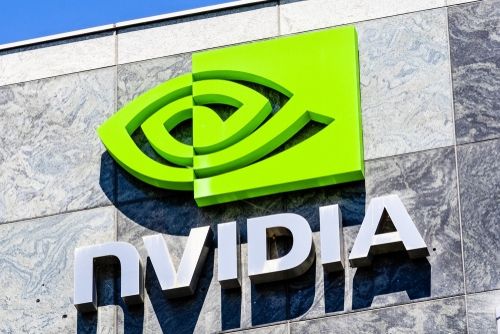Wall Street’s Q3 Earnings Shine, But Red Flags Flash as Non-Bank Lending Grew

TradingKey - Strong third-quarter results from major Wall Street banks have kicked off the 2025 earnings season on a high note, with JPMorgan Chase posting record revenue, and Goldman Sachs and Citi delivering their best Q3 ever.
However, beneath the glossy headlines lies a growing systemic risk: a sharp rise in lending to non-bank financial institutions, raising concerns about leverage buildup and regulatory arbitrage — risks that could be amplified by Trump’s deregulation.
Buoyed by sustained trading activity and a rebound in M&A and IPO volumes, Tuesday’s (October 14) results exceeded even optimistic forecasts.
- JPMorgan CEO Jamie Dimon said that all their businesses performed well; trading revenue hit a record high; investment banking income rose 16% YoY
- Goldman Sachs’ investment banking surged 42%
- Citi posted record Q3 revenues across all five core divisions
Yet not everyone is celebrating.
Beyond familiar risks like valuations and trade policy, a troubling trend is emerging: large banks are increasingly channeling credit toward non-bank lenders and asset managers — entities that often use borrowed funds for portfolio turnover rather than real-economy investment.
According to a recent Federal Reserve data revision cited by Bloomberg, all U.S. bank loan growth this year has come from lending to non-bank institutions — now accounting for 13% of total loans.
While most big banks don’t break out revenue from loans to hedge funds and asset managers, Goldman Sachs’ earnings reveal the trend:
Revenue from its prime brokerage business (which includes securities-backed lending) jumped about one-third YoY, hitting a new high.
This surge reflects rising demand from large asset managers and private funds seeking leverage to amplify returns — especially in an environment of soaring equity valuations, ongoing Fed rate cuts and weaker regulatory oversight.
Deregulation Could Supercharge the Trend
The Federal Reserve is advancing plans to revise the Supplementary Leverage Ratio (SLR) calculation — a move that would effectively increase banks’ capacity to lend by reducing capital requirements tied to certain assets.
Alvarez & Marsal estimates this change could free up ~$140 billion in capital — roughly half of JPMorgan’s capital — enabling more funding for prime brokerage and debt financing operations.
With the Trump administration pushing for lighter regulation, these changes may accelerate, further fueling the flow of bank-originated capital into highly leveraged corners of the financial system.
Dimon Warns: Shadow Leverage Is Building
Even Jamie Dimon expressed concern over the shifting lending landscape. He highlighted the spectrum of credit risk — from high-risk margin loans and private credit to investment-grade secured loans and financing for multi-trillion-dollar fund managers.
“We’ve had a benign credit environment for so long that, I think, you may see credit in other places deteriorate a little bit more than people think when there’s a downturn.”







